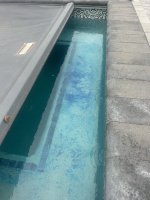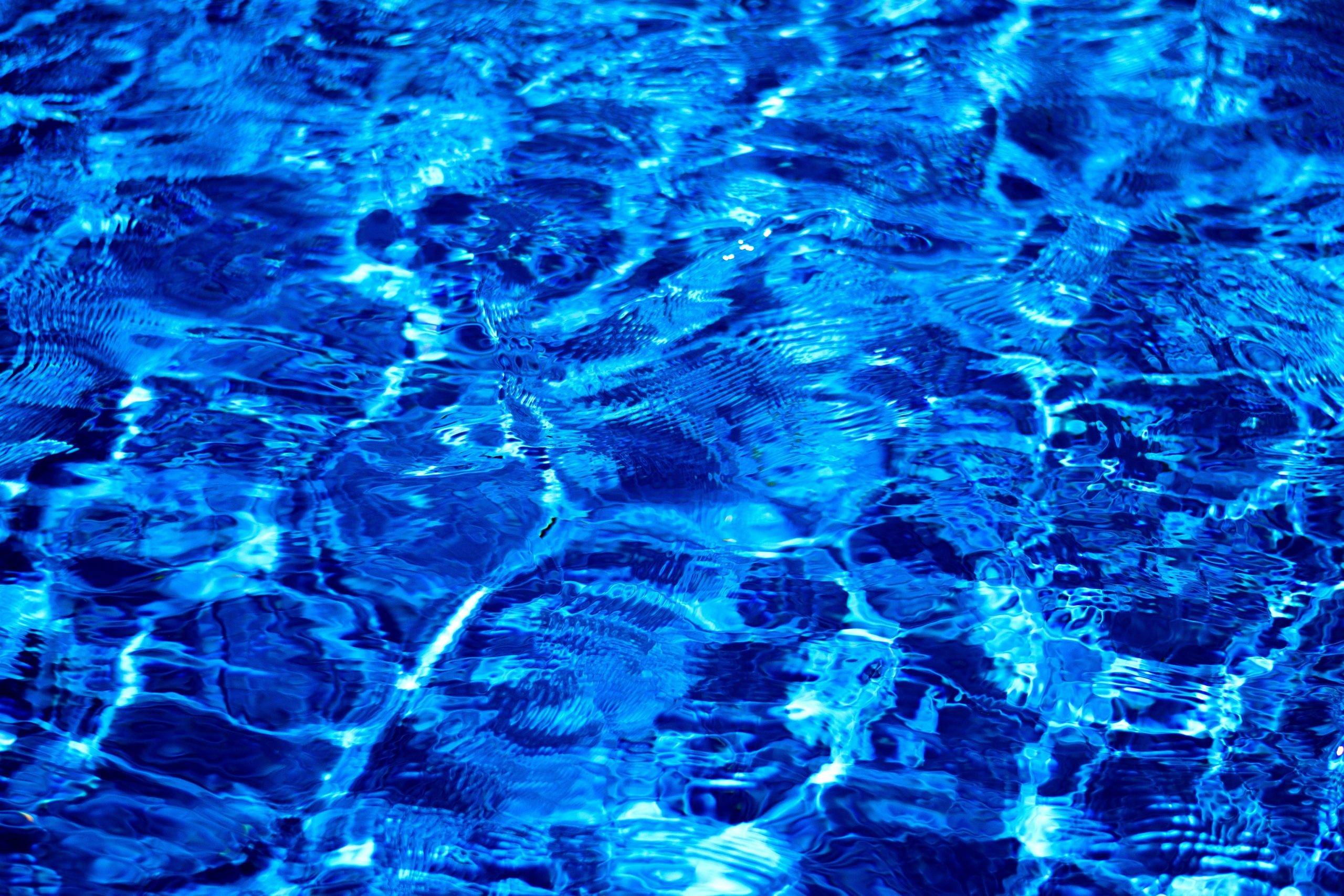Have a client that seems to have persistent low pH issues. They were using tri-chlor tabs which we suspect is the culprit (although, they used them for several months without any issue, then suddenly were having low pH problems). We previously did a drain and acid wash for them and it seemed to work well in removing the copper stains. Now the copper staining is back again. I'm a little concerned about doing a second acid wash, though maybe it wouldn't have any real effect. So my question is whether Jack's Magic Copper Stuff is more effective than an additional acid wash to remove the stains. They do not have a heater bypass, but given it is a small body of water, I could likely just put directly in, turn the heater off, let it lift the stains, and then drain.
The only complication is the pool is at elevation in the mountain west with temperatures likely to get into the teens the next couple of nights, so would worry about the equipment sitting idle and the water not being heated if done right now. I suppose we could "close the spa", and drain the pump/heater, blow out the lines while the "stuff" worked it's magic.
Secondly, can a damaged heater deposit copper into the pool even when the pH/LSI is good?
Thanks in advance!
The only complication is the pool is at elevation in the mountain west with temperatures likely to get into the teens the next couple of nights, so would worry about the equipment sitting idle and the water not being heated if done right now. I suppose we could "close the spa", and drain the pump/heater, blow out the lines while the "stuff" worked it's magic.
Secondly, can a damaged heater deposit copper into the pool even when the pH/LSI is good?
Thanks in advance!




